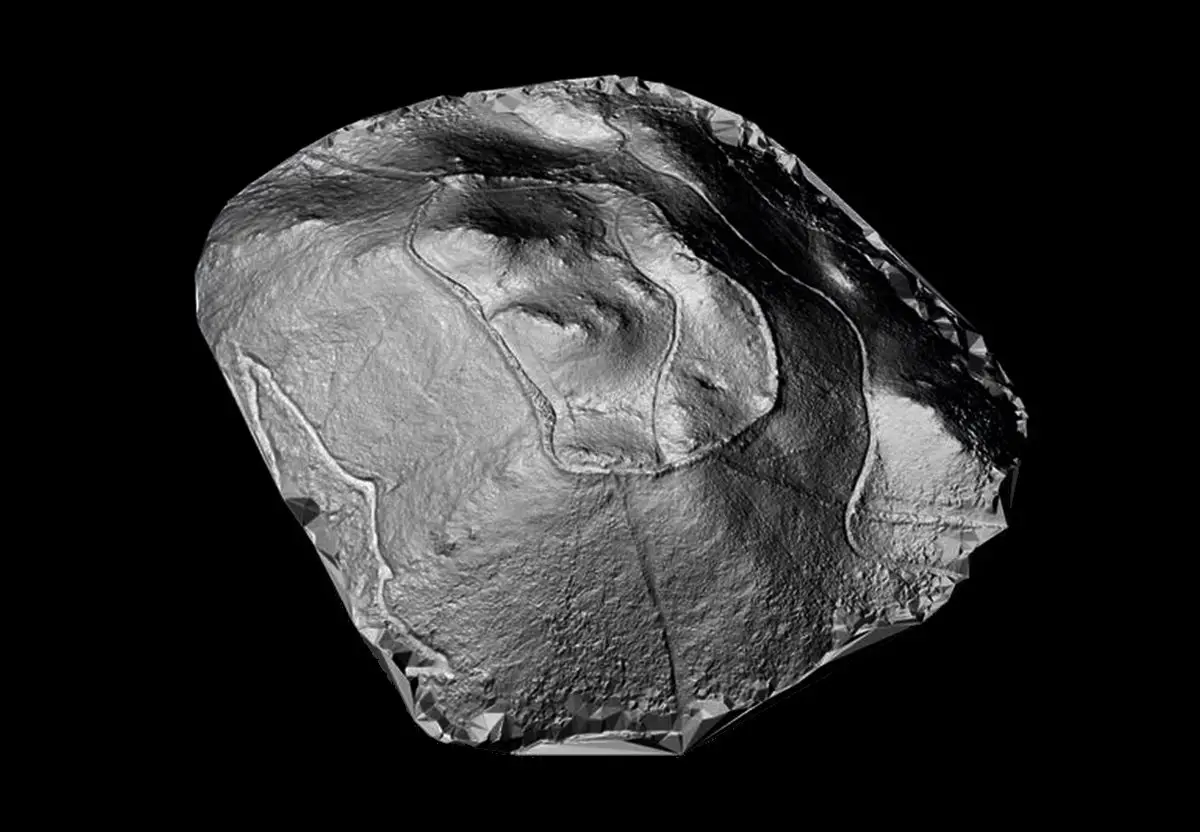A LiDAR survey of Castro Valente, an archaeological site that straddles the province of A Coruña and the province of Pontevedra in Spain, has been revealed to be a sprawling early medieval fortress from the 5th to the 7th century AD.
Light Detection and Ranging (LiDAR), is a method of remote sensing using light in the form of a pulsed laser to measure ranges (variable distances) to the Earth.
The differences in the laser return times and measuring the wavelengths can be used to compile a 3-D digital map of the landscape, removing obscuring features such as tree canopies that could hide archaeological features.
Castro Valente was previously thought to be an Iron Age fortified enclosure settlement on a 1,300-foot-high hillock, first mentioned in 19th and 20th century publications that refer to the site dating from between 1500 and 500 BC.
A LiDAR survey conducted by archaeologists from the University of Santiago de Compostela, has revealed that the site is a large medieval fortress covering an area of 30 acres, surrounded by a defensive wall spanning three-quarters of a mile, and a series of 30 towers in a similar style to the 3rd century Roman walls that defended the town of Lugo in Spain.
A ground survey has determined that the walls were built with double-leaf masonry construction and has a thickness varying between 8 to 14 feet. The survey also confirmed 6 towers at ground level, a seventh that has been destroyed with the creation of a fire trail, and entrances to the fortress interior.
The team believe that they have identified several interior structures made from perishable materials and stone, with excavations also revealing brick and tiles from the Roman period, and small fragments of red-paste ceramics.
A report on the survey states: “The results have allowed us to document the construction technique of the defensive system and locate a possible wall-like structure belonging to an intramural building. In the survey carried out in one of the [towers], a large number of fragments of [tiles] was recorded, which makes us think that this tower could have been covered by these pieces of Roman tradition.”
The study is the first in what will be further exciting steps to determine the true nature of the site, however, the remains of the fortress are now under threat by an impending installation of four wind turbines, six electrical towers and an electrical substation.
University of Santiago de Compostela
Header Image Credit : University of Santiago de Compostela





